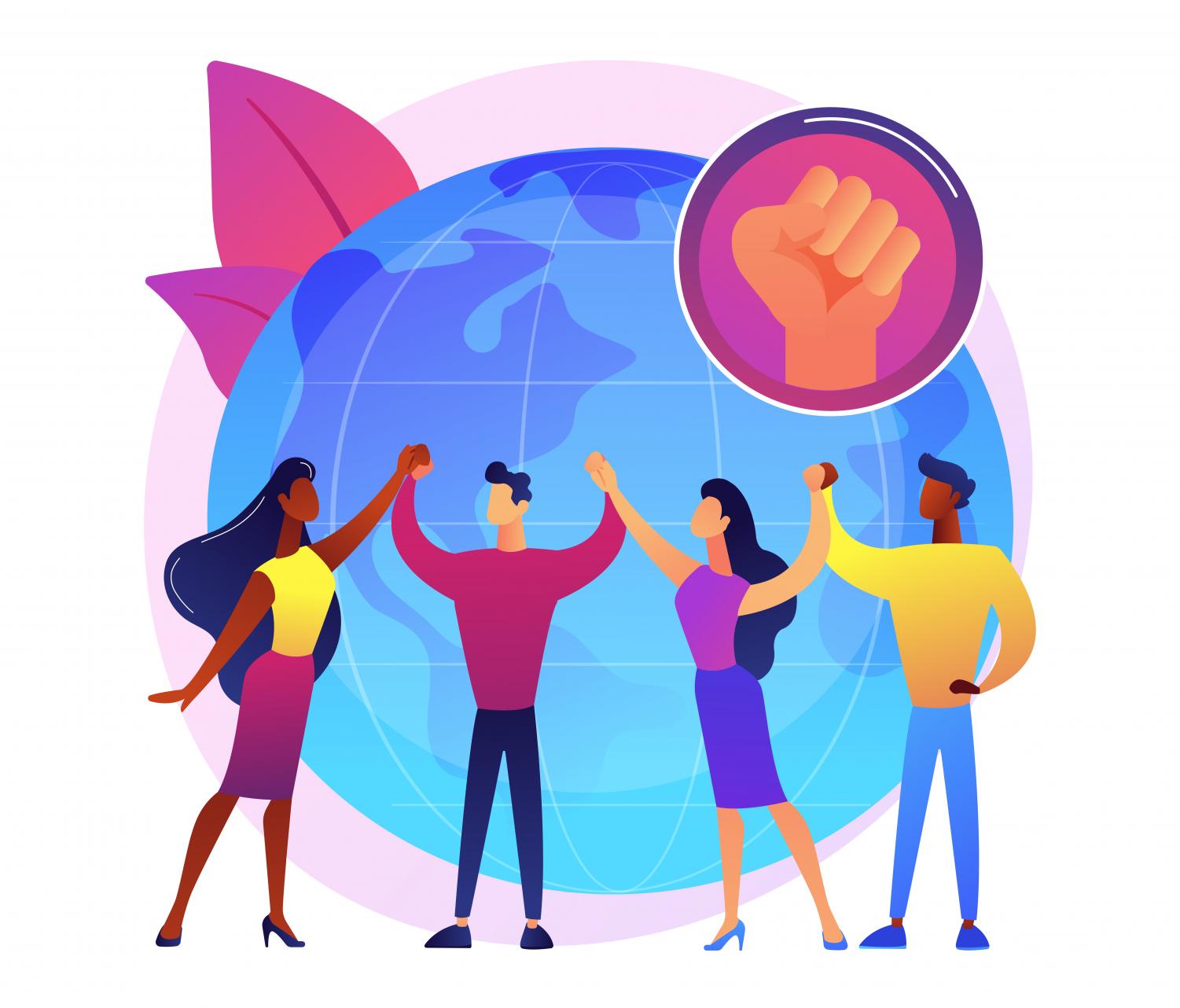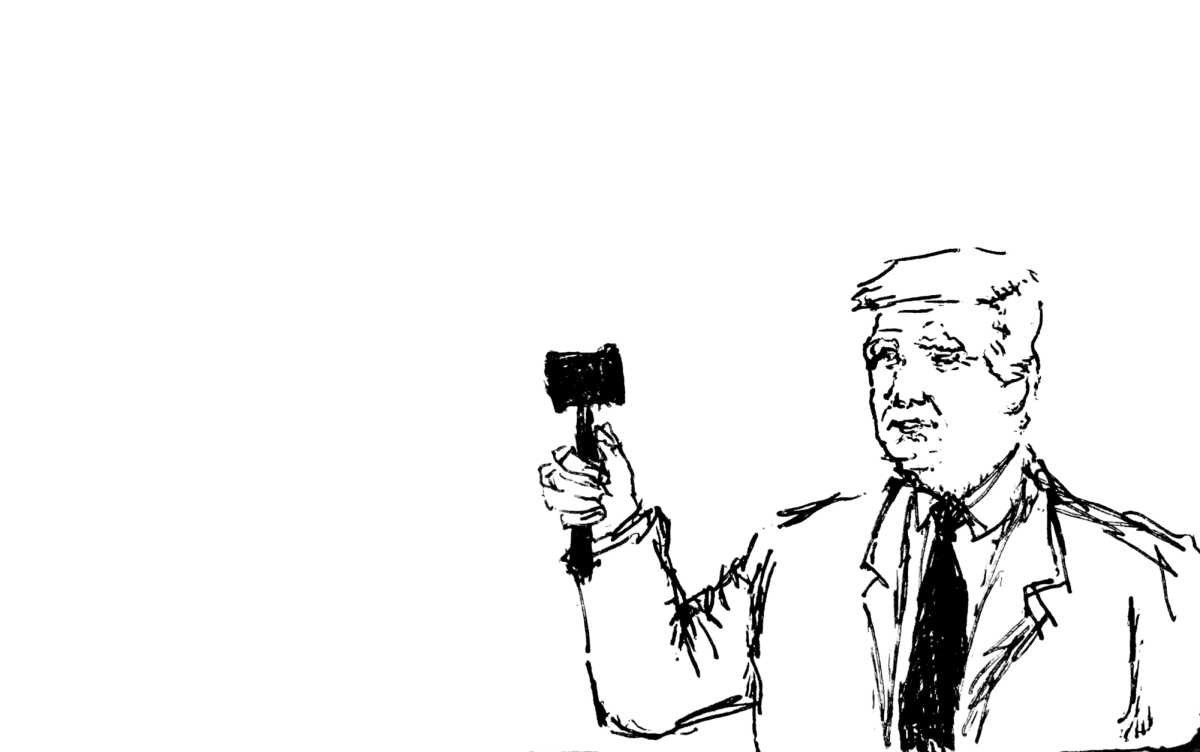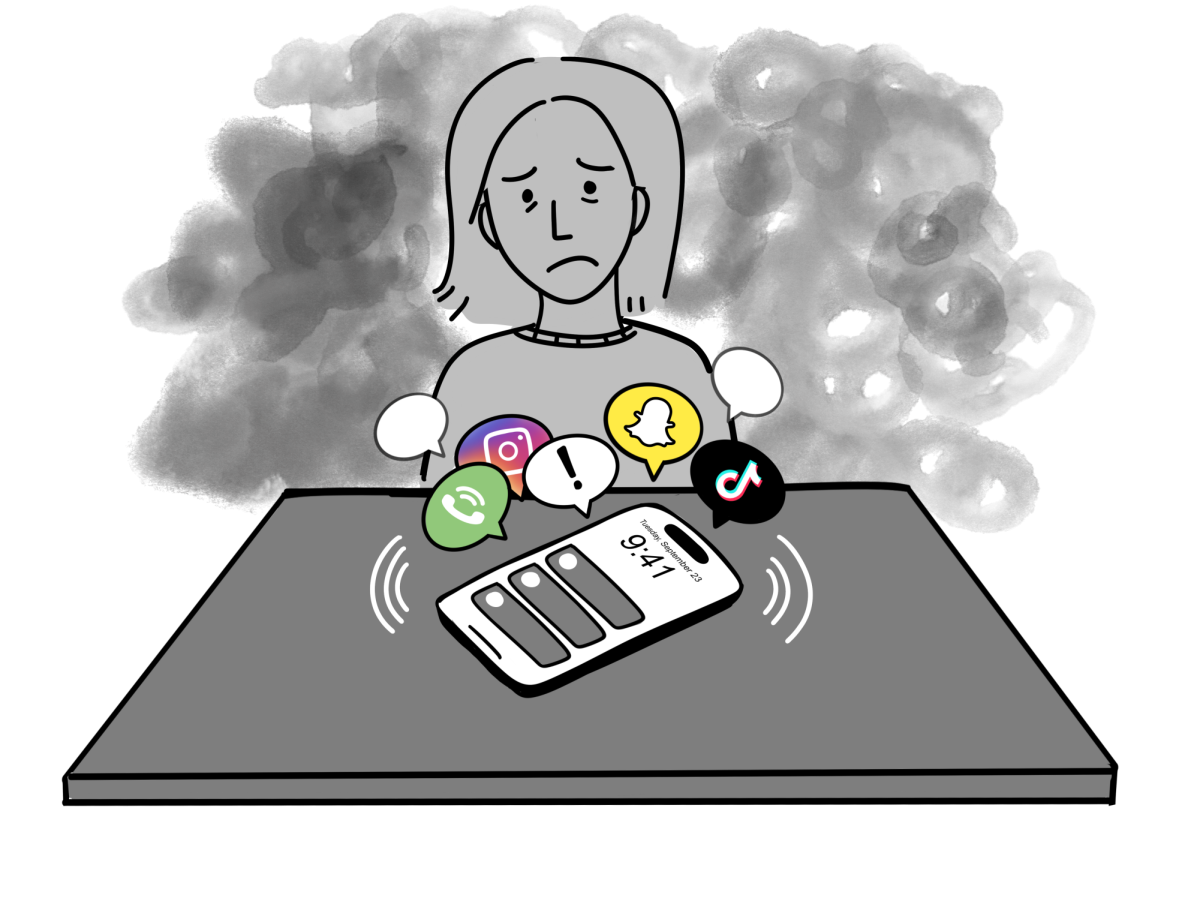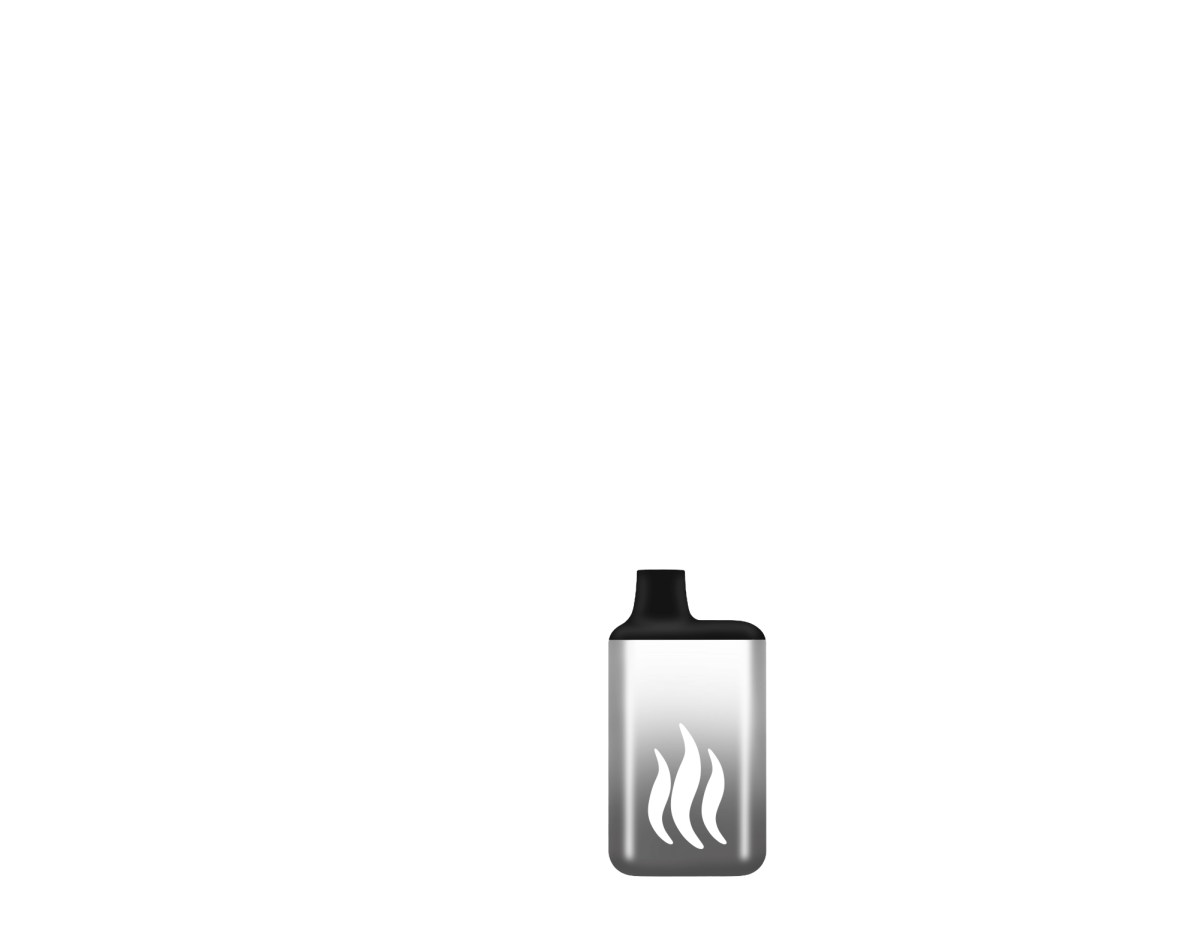
Quite a lot has changed over the past months. As we steadily ease out of the COVID-19 pandemic and that glimmer of light at the end of the tunnel metaphorically seems to get brighter by the day, we’ve had to acclimate to our new classroom setting and discover what it means to be a student all over again. With the dates for AP exams lurking ominously close, LM students and teachers alike have accelerated the pace of learning into overdrive to ensure the last few weeks and months of in-person learning account for the remaining units of curriculum featured on test day. Old study guides from November are being yanked out, students are taking notes for the first time in a year, and calendars are being marked for when that moment of judgment will arrive.
Perhaps as a consequence of all the hubbub over exam preparation and curriculum completion, many classes have focused primarily on scrambling through content and hammering down the last units of the year, without taking the time as they would under normal circumstances to visualize a broader contextualization of where that learning fits in. Whereas relevant current events and real-world topics would normally be seamlessly integrated into the learning curriculum in a regular year, that priority has seemed to have been supplanted by the heightened sense of urgency to focus on sheer quantity of information and content versus deeper and more qualitative connections — understandable given the hectic state of affairs for schooling this year. Yet it is worth taking a step back to reevaluate and reaffirm what the primary purpose of education is: not to prepare pupils for an exam that they will hardly remember after a year, but to render them capable of making educated decisions beyond the scope of the classroom.
We’ve witnessed some major changes in our society throughout this school year, as well as clear evidence that much more is needed to get society where it needs to be. Within the halls of LM, we’ve seen wholehearted attempts to incorporate more student voices in the campaign for greater inclusivity, as well as myriad student-run initiatives dedicated towards a noble cause. Yet, if the primary pipeline through which students are educated, the classroom, is devoid of those same bona fide relationships with the real world, how can we expect those students to be the change when they only remember to select choice A on question #15 of the multiple choice?
At the end of the day, classes should be based on more than what the College Board’s bullet-pointed learning targets define it to be; classes should above all be a fostering zone for students to construct a deeper and more realistic picture of the world they live in. And that often means abandoning the curriculum set in stone and considering in what ways the particular course material being discussed relates to broader societal themes not explored in a standardized exam. Of course, every class is different: it would make little sense for a Calculus class to be scrutinizing the 14th Amendment or a Chemistry lab to tackle gerrymandering. But if students and teachers together could, even just for a moment, take a step outside the world of Quizlets and MyAP to contextualize their learning in a broader scope for why that learning actually matters — well, it might not be the difference between a 4 and a 5 on the test, but it could very well mark the tipping point in the progression from “entering to learn” to “going forth to serve.”





